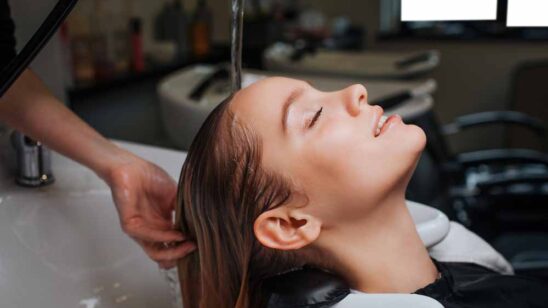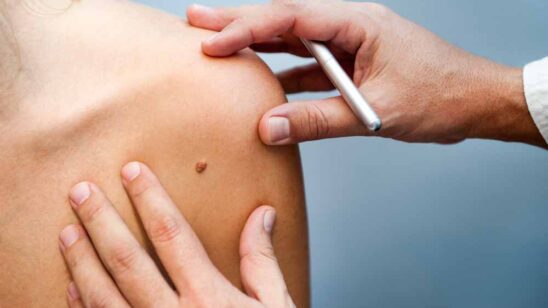
The root of a toothy problem: Ourvets St Albans
Has your pet fractured a tooth?

Animals will continue to eat even when they are in pain, so it is important not to just ignore it or wait until your pet stops chewing on that side of the mouth.
That’s the advice from pet dentistry expert Janine van Dam, BVSc MANZCVS, who operates from Ourvets St Albans.
“Once the enamel is fractured and the dentine is exposed, bacteria will gain access to the pulp cavity. Over time this will cause the death of the tooth and a tooth root abscess to develop,” she says.
“The animal will need general anaesthetic for a proper examination. The fractured tooth should be X-rayed, then either extracted or undergo a root canal procedure. This procedure can be performed on any tooth in the mouth, and time is no issue. It can be done on a recently fractured tooth or on one that was fractured years ago.”
Janine says the canine teeth are the largest teeth in the mouth. While only a small part of the tooth is visible, there is a large root which attaches it securely to the surrounding bone by strong periodontal ligaments.
“Canine teeth hold the tongue and lips in place, provide structure to the jaw and are used in eating, holding and playing. It is a good idea to keep these teeth in the mouth particularly in a young animal.
“A follow up X-ray is required 12 months after the operation to ensure no complications have occurred, and after that time the risk of a problem is very low.”
The success rate for the root canal procedure is high varying from 70 to 90 percent. As there is a restoration on the tooth, chewing on hard substances such as rocks, antlers or sticks can damage the restoration and should be discouraged, she adds.
www.ourvetsstalbans.co.nz




